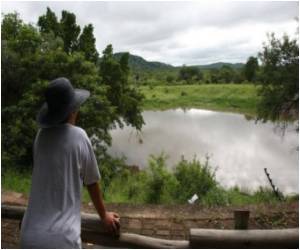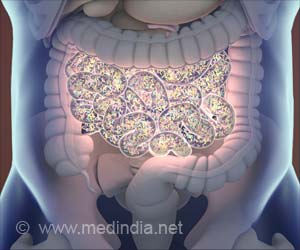
The researchers tested Cyperus papyrus, the papyrus sedge, Typha domingensis, a type of bulrush or cattail found throughout temperate parts of the world and mangrove ecosystems in particular, Miscanthidium violaceum, a sub-tropical grass, and Phragmites mauritianus, a common reed species.
None of the unplanted mesocosms used as control experiments had any effect on water quality whereas papyrus was able to remove nitrogen and phosphorus ions as well as residues of organic matter present in the waste water. Papyrus was able to absorb almost 4 grams of phosphorus per kilogram of dry weight from the waste water. It increased its mass to 31.0 kilograms of dry weight per square meter through absorption of nutrients from the water through its vast root network, which has a surface area of well over 200 square feet (more than 200,000 square centimeters) in an area of growing papyrus covering just one square foot (about 1000 centimeter square).
These promising results suggest that an inexpensive and ecologically sound way to treat slaughterhouse wastewaters can be found in which constructed wetlands growing an abundance of papyrus sedge as a final treatment step could greatly reduce the amount of untreated effluent reaching Lake Victoria. "The Government of Uganda and relevant agencies such as the National Environment Management Authority (NEMA) should encourage proprietors of agrobased industries to take advantage of the potential of C. papyrus in the treatment of their wastewaters," the team concludes.
Source-Eurekalert











